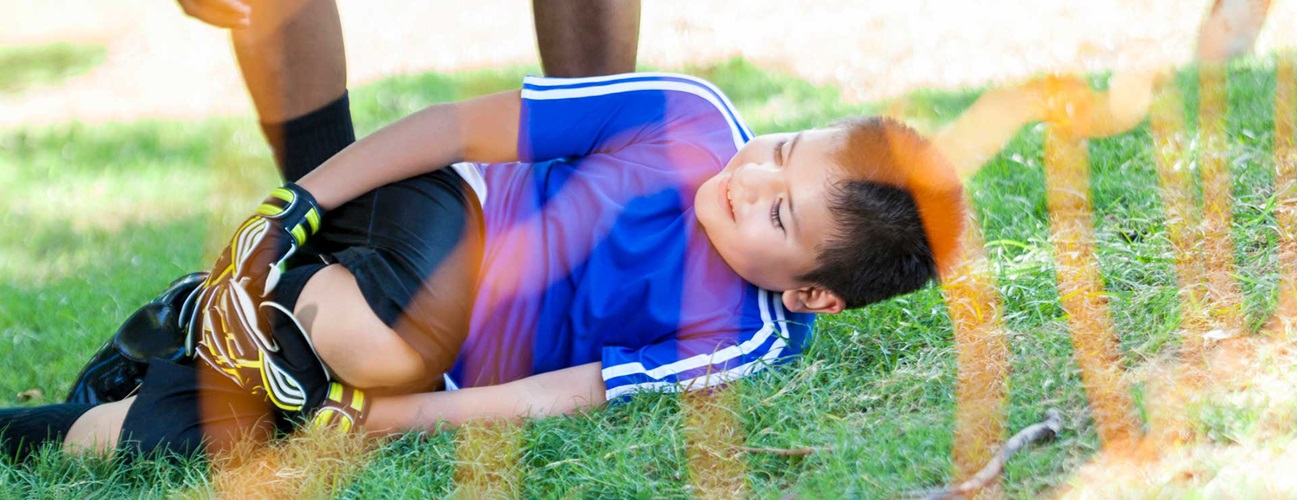Osteochondritis Dissecans
What You Need to Know
- Osteochondritis dissecans is a bone and cartilage condition that most often occurs in the knee.
- It has no known cause, but repetitive stress on the joint, low vitamin D and a genetic predisposition are often linked to this condition.
- Symptoms of osteochondritis dissecans include pain, swelling, locking and a “giving way” sensation in the affected joint.
- Treatment options include noninvasive methods and surgical procedures.
What is osteochondritis dissecans?
Osteochondritis dissecans affects joints, most frequently the knee, in children and adolescents. It can also affect other joints, such as elbows and ankles.
This condition occurs when a piece at the end of a bone dies and partially or fully separates from the rest of the bone that forms a joint. This may happen due to the lack of blood supply to the area, which could stem from overuse of the joint. As the piece of the bone dies, the cartilage covering it cracks, and both may break loose. The area where the bone fragment breaks off is called a lesion. Although these lesions may occur in both of the paired joints, usually just one is affected.
Osteochondritis Dissecans in the Knee
What are the symptoms of osteochondritis dissecans?
Signs and symptoms of this condition include:
- Pain and swelling in the affected joint that worsens with activity
- A “giving way” sensation in the affected area
- Changes in the range of motion in the joint
- Locking and “catching” of the affected joint
What causes osteochondritis dissecans?
The exact reason why blood flow may become interrupted in a segment of the bone is unknown. However, osteochondritis dissecans has been linked to:
- Repetitive trauma or stress on a joint, such as from playing sports
- Genetic predisposition in some patients
Osteochondritis Dissecans Diagnosis and Treatment
To diagnose osteochondritis dissecans, your orthopaedic specialist may request X-rays and an MRI of the joint. The treatment approach is based on the size, location and degree of separation of the bone and cartilage.
Nonsurgical options include:
- Rest
- Modification of activities to reduce stress
- Brace, boot or cast to immobilize the affected joint
Healing of the osteochondritis dissecans lesion should be monitored by routine follow-up imaging tests. In many younger children who still have a lot of growing to do, the lesion often heals on its own.
Surgical intervention may be needed if nonsurgical treatment is not effective. Surgery may be recommended for patients with large lesions or those that have separated from the bone. The goal of the surgery could be to:
- Stimulate an unhealthy area of the bone to heal
- Secure a loose bone fragment to allow it to heal
- Remove the osteochondritis dissecans lesion and reconstruct the cartilage (typically the last resort)






